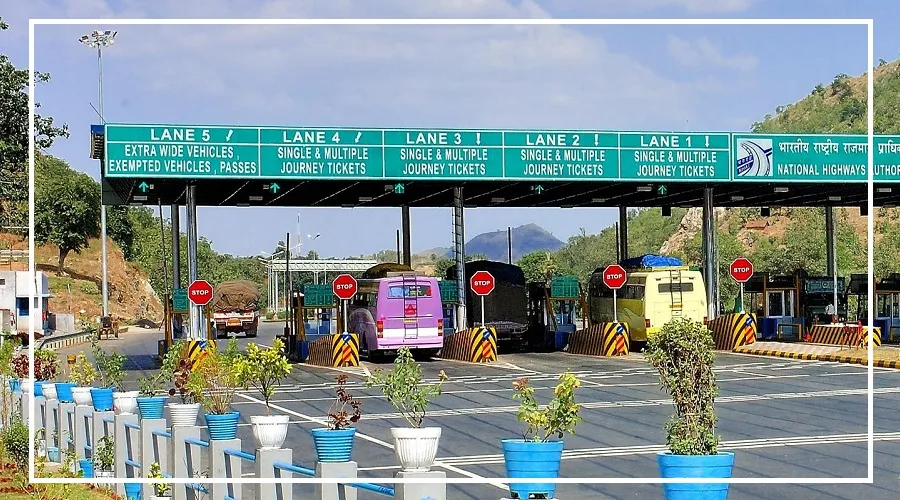The toll collection system on highways has been evolving, moving from cash-based payments to FASTag and now the Global Navigation Satellite System (GNSS).
The GNSS technology brings several advantages to highway users, such as barrier-free tolling and distance-based toll charges.
Here’s everything you need to know about the new GNSS tolling rule:
Toll-Free Travel for 20 KMs
Under the new government regulation, vehicles equipped with a functional GNSS unit will not be charged toll fees for the first 20 kilometers on highways and expressways.
This allows motorists to travel toll-free for short distances, making daily commutes more affordable.
New Distance-Based Toll System
The Ministry of Road Transport and Highways has updated the National Highways Fee Rules, 2008.
Now, toll fees will be charged based on the actual distance traveled, but only if the journey exceeds 20 kilometers.
This distance-based tolling aims to make toll payments fairer for highway users.
Penalties for Non-GNSS Vehicles
Vehicles that do not have a GNSS unit installed and attempt to enter GNSS lanes will be subject to penalties.
These vehicles will be charged double the regular toll fee, encouraging drivers to adopt the new GNSS technology for seamless travel.
GNSS Pilot Projects
The government has already conducted GNSS pilot projects on two major highways: the Bengaluru-Mysore section of NH-275 in Karnataka and the Panipat-Hisar section of NH-709 in Haryana.
The plan is to gradually integrate GNSS with the current FASTag system.
Benefits of GNSS Tolling
GNSS tolling is expected to streamline toll payments, allowing for barrier-free tolling and enhancing efficiency.
It will also minimize toll evasion and ensure that users only pay for the distance they travel, making the system more equitable.
























